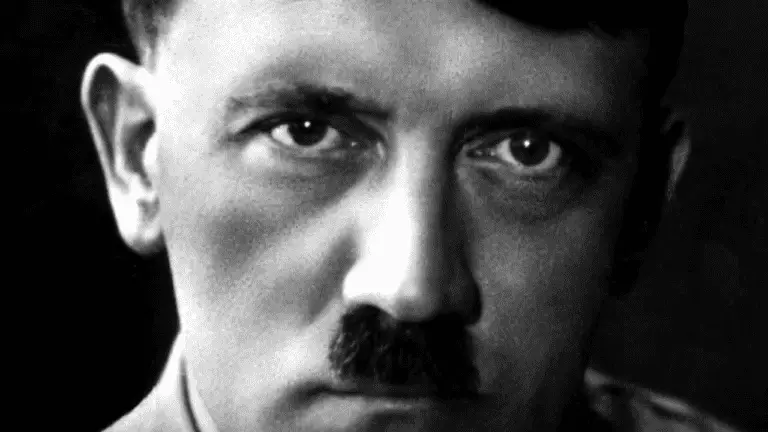A Peek Into the Life of Mexico’s Most Powerful Drug Cartel
The documentary “Inside Mexico’s Most Powerful Drug Cartel” highlights the violence and corruption associated with the drug cartel operating in the Mexican state of Sinaloa.
The reporter explains that Mexico has long been plagued by violence from drug cartels, and the multi-billion dollar industry of narco-trafficking is one of Mexico’s biggest exports.
The cartels are entrenched, with many in the government and the military on their payroll, and corruption is a significant problem in the country. The Sinaloa drug cartel dominates the North American drug market, and its leader, Joaquin ‘El Chapo’ Guzman, was extradited to the United States in 2017 and sentenced to life in prison plus 30 years.
However, the cartel remains active, and violence has become a way of life in the city of Culiacan, home to the cartel and the site of some of the most fierce battles in Mexico’s drug wars. The police are stretched thin and are also the targets of the cartels.
Many people in Mexico are fed up with the cartels, but they also provide work for the poor neighborhoods, where the cartel figures are referred to as ‘Los Valientes’ or ‘The Brave Ones.’ The reporter ventures into the mountains where the cartels grow and transport marijuana and opioids into the US and interview a 13-year-old boy whose family all work for the cartel.
The boy has killed people with guns, and the reporter asks him if he ever thinks about the consequences of his actions. The video ends with the question of how the cycle of violence and corruption in Mexico can be stopped.
The report highlights the power and influence of the Sinaloa drug cartel in Mexico, which has been responsible for a significant amount of violence and drug trafficking in the country. The reporter travels to the state of Sinaloa, where the cartel is based, and witnesses firsthand the violence and corruption that are rampant in the area.
The Sinaloa cartel is shown to have a significant presence in the region, with many locals employed by the organization in various roles, from growing and transporting drugs to providing security. The cartel is also shown to have a significant influence over the police and military, with many officials suspected of being on their payroll.
The report also features an interview with Ioan Grillo, a writer who has extensively covered the drug trade in Mexico. Grillo notes that the power dynamic between the cartels and the security forces has shifted in recent years, with the cartels becoming more powerful and able to bully and control elements of the security forces.
Despite the cartel’s reputation for violence and corruption, the report notes that they are often seen as “Los Valientes” or “The Brave Ones” by many poor communities in Mexico, who view them as providing work and stability in areas where government services are lacking.
However, the reporter also highlights the devastating impact that the cartel’s activities have had on the country, with record numbers of murders, disappearances, and mass graves being uncovered.
The documentary ends with the reporter spending the night with members of the Sinaloa cartel and witnessing their drug-growing and trafficking operations firsthand. The cartel members speak candidly about their involvement in the trade and the violence that is an inevitable part of their business.
Overall, the report provides a sobering glimpse into the reality of Mexico’s drug trade and the power that cartels like the Sinaloa have over the country. It highlights the need for greater government action to address corruption and violence in the region and to provide better opportunities for the communities that have been most affected by the cartel’s activities.
Subscribe to our newsletter
Get Access To Our Latest Documentaries Before Everyone Else






